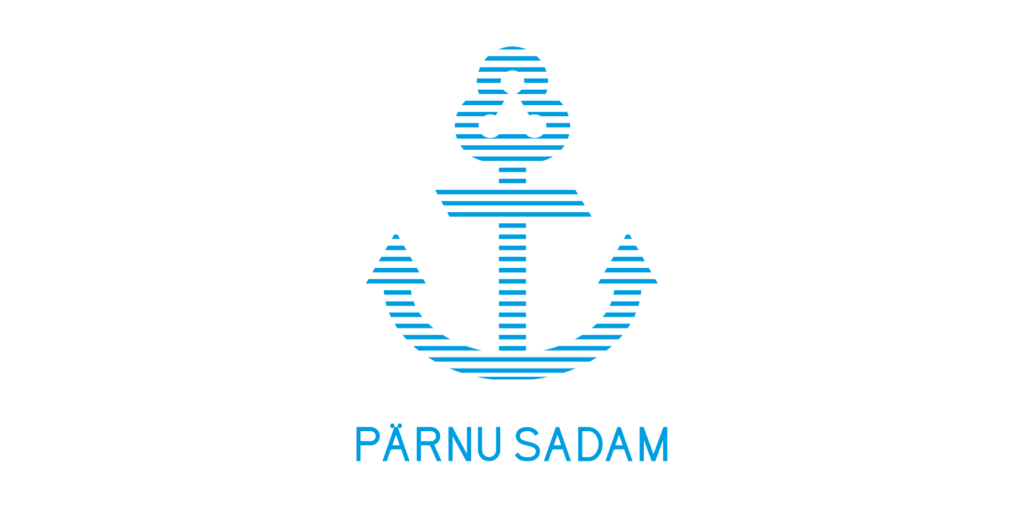The Red Sea Route is the shortest route from Asia to Europe, thanks to the Suez Canal. The only alternate is the route towards the southern tip of Africa. This journey is 11,800 nautical miles (21,830 km) vs. 8,500 nautical miles (15,725 km), adding around 10 days to the transport time. Not to mention more fuel and crew time, which in turn will increase the transport costs that the customer has to pay.
In order to protect commercial vessels, the United States has launched an international operation in the Red Sea. Despite that, most container shippers have still opted for a route around Africa as attacks have continued.
“Goods that were on their way before the terrorist act were turned around before the Suez Canal and have not arrived so far. The transit time for these goods has been significantly prolonged,” said Indrek Tormis, head of CF&S container division.
Some customers have even been forced to pay costs of 1000 USD even though the containers were sent out before the terrorist attacks.
Another big factor complicating the whole scenario is the upcoming Chinese New Year Celebrations. Due to vacations, the factories are closed and containers are not moving as the rest of the year. The Suez Canal is the main artery of the global shipping. It is used by about a third of the world’s container shipping. Diverting all existing ships around Africa can increase the cost of fuel for a round trip between Asia and northern Europe by up to €1 million. Keeping the situation in mind, we urge our customers to make their orders as soon as possible. The situation is very unpredictable, and prices can escalate rapidly.
















